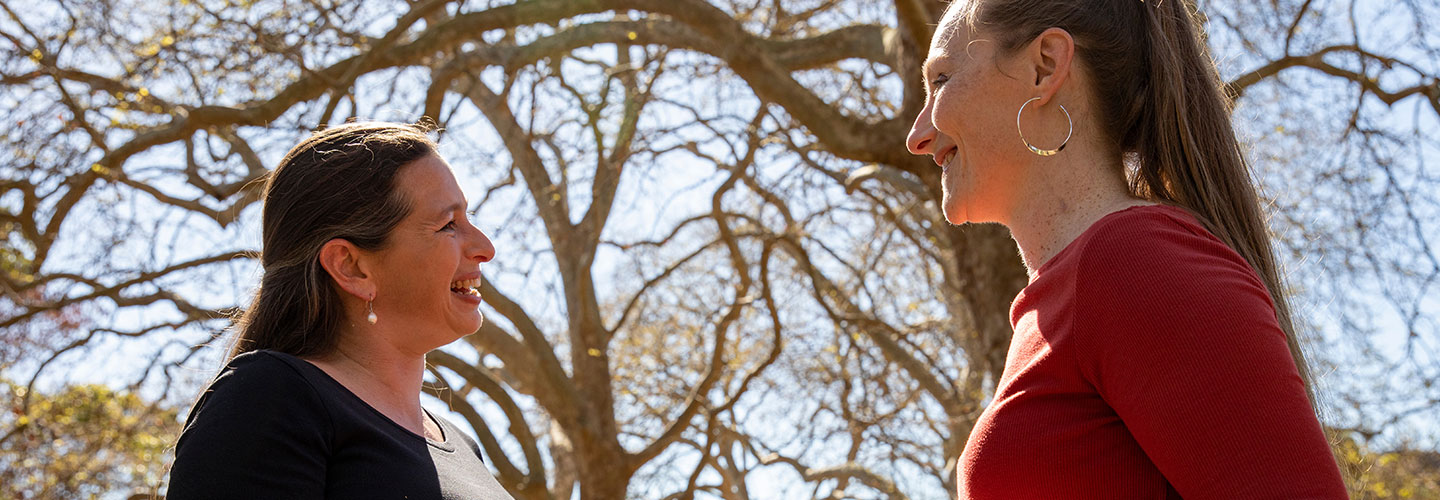Find clinics and doctors in NSW
Find local clinics and specialists in NSW who can help you with Hepatitis treatment and care.
Find Help

Hep C is called a blood-borne virus. It is transmitted when blood (from someone with hep C) gets into your bloodstream. It can be in amounts of blood that are so small you can’t see them. This is called “blood-to-blood contact.” Keep reading to learn about risks for hep C.
This is the most common way that people in Australia get hep C. Around eight out of ten people with hep C in Australia caught it this way. Needle and Syringe Programs (NSPs) can help you with health advice and sterile (new) equipment.
Tattooing and body piercing are also a risk for hep C. They both involve equipment being contaminated with blood. They are not always carried out under sterile conditions and some workers do not have good training or experience.
If you inject drugs, consider the following tips to reduce possible risks for hep C (called harm reduction).
If you get a tattoo or body piercing, have it done at a licensed studio. Check that the worker uses standard infection control practices.
Look for clean, hygienic, brightly lit premises.
Try to watch someone else being tattooed. While watching, you can check what is happening. Try to find out:
Your tattoo artist or piercer should also belong to a professional body (such as the Professional Tattooing Association of Australia).
You can watch this video to learn all about tattooing safely >>
Hep C is not passed on through touching, kissing, hugging, sneezing or coughing. There is no need for separate crockery, cutlery, towels, or other household items, or to wash your clothes separately.
Care should be taken not to share your razors, tooth brushes and sharp grooming tools because they could carry small amounts of your blood. Blood sucking insects like mosquitoes or fleas do not transmit hep C.
Try to ensure you are wearing disposable rubber gloves if providing first aid at an accident. Also wear disposable rubber gloves if cleaning up blood spills or other body fluids. Paper towels should be used to mop up blood or body fluid as these can be placed in a plastic bag and disposed of in the garbage. Anything which has blood or other body fluid spills or splashes should be cleaned with detergent and water.
If blood contact occurs (for example, from sport or fighting), you should wash the blood or body fluid away as soon as possible, preferably with soap and water. If necessary, rinse away from the eyes, nose, and mouth with plenty of water.
Did you know that organised sports have rules and guidelines around bleeding and blood-to-blood contact?
Find local clinics and specialists in NSW who can help you with Hepatitis treatment and care.
Find Help